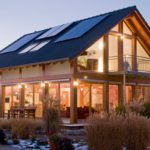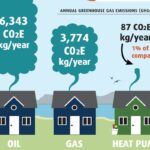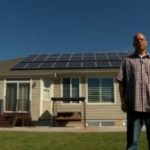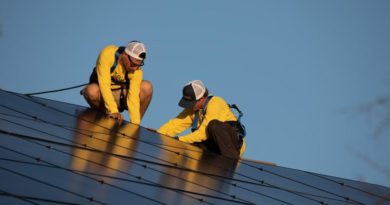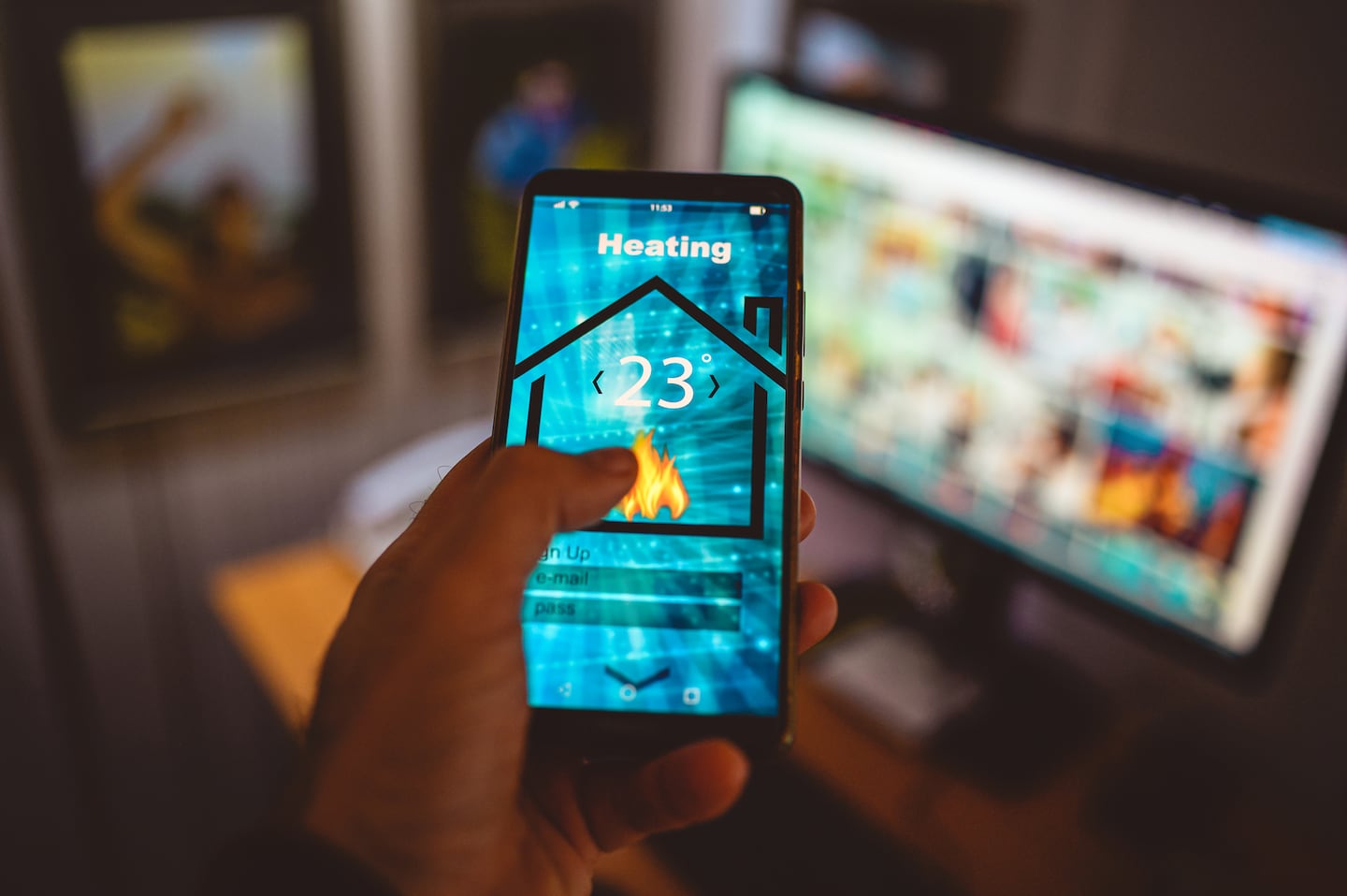Guide To Energy Efficient Homes 2022 – Bankrate.com
Energy Disrupter
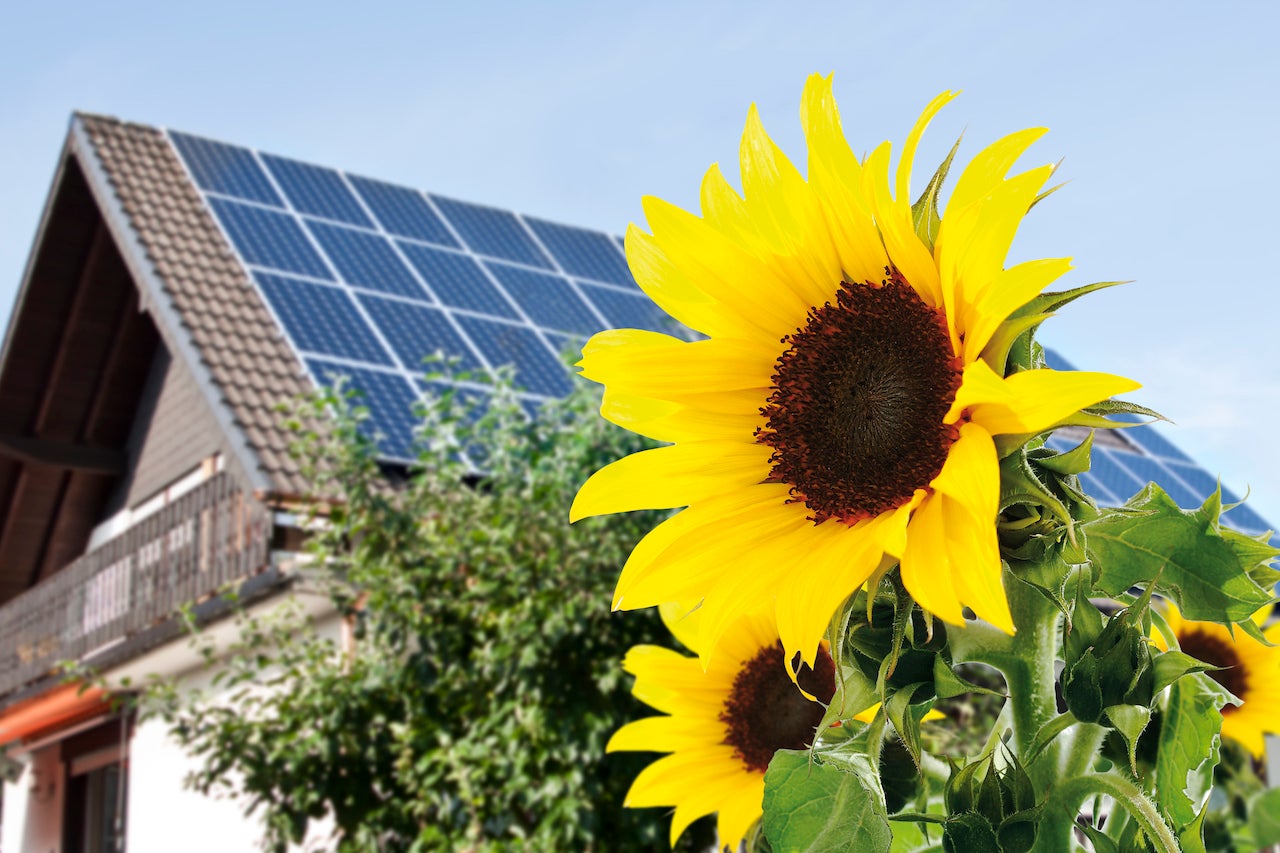
As climate change becomes more of a problem in the United States and globally, having a green home is becoming more desirable. According to the National Association of Realtors (NAR), there has been a notable increase in homes on the market with energy-efficient features, as homeowners try to reduce their environmental impact.
Green home features, like solar panels, can improve the efficiency of your home by requiring less energy and fewer resources. If you are thinking about upgrading your home with green features, here’s everything you need to know — including what green improvements can increase the value of your home, and how to find your Home Energy Score.
2022 energy statistics
Energy saving homes are becoming more common, and buyers are making green features a priority during their search. Here are some statistics around energy-efficient homes, including those certified as LEED (Leadership in Energy and Environmental Design), a widely used ratings system from the U.S. Green Building Council.
Energy-efficient home checklist
If you are considering an energy-efficient home, there are a variety of things to look out for. Here are some of the biggest ones:
- Size of the home: In most cases, larger homes are less efficient because they take more energy to heat and cool. Plus, big houses often have more lights, appliances and other features that require energy.
- Green features: Look for homes that are already equipped with eco-friendly features. Examples include solar panels, heat pumps for heating and cooling, Energy Star–certified appliances and a rainwater collection system.
- Building design: The design and layout of a home can impact how energy efficient it is. For example, open concept houses are often more efficient than homes that are broken up into smaller rooms, because it’s easier to control the temperature and requires less building materials to construct.
- Insulation: Look for homes that are well-insulated to keep the house warm in the winter and cool in the summer. Spray-foam insulation is widely considered to be the most energy-efficient type of insulation.
- Doors and windows: Efficient and well-sealed doors and windows can reduce heating and cooling costs. For improved efficiency, you can also install window shades to reduce cold drafts in the winter and keep heat outside in the summer.
- Energy sources: Some homes rely partially or entirely on renewable energy sources, like solar. Homes with solar panels might be more expensive, but they can reduce your energy bill. Some states offer incentives for homeowners with solar.
- Indoor environment quality: Having a good ventilation system can improve the efficiency of your home while reducing the amount of indoor pollution.
- Landscaping: Look for homes with drought-tolerant plants, especially in dry regions that don’t get much rain. Some examples of drought-tolerant plants include lavender, rosemary, aloe and geraniums.
Energy-efficient homes don’t just reduce the cost of heating, cooling and electricity. They also positively impact the environment. When your home requires less energy, it frees up important resources, like water, and reduces reliance on commercial building materials, which often generate large amounts of greenhouse gasses.
How can energy-efficient features help a home sale?
A home’s energy efficiency isn’t just important while you’re living there. Certain green home features can also increase the value of your home when you get ready to sell it.
Data shows that green homes are becoming more desirable for buyers. In a 2022 NAR survey, 50 percent of Realtors said they helped a client purchase or sell a home with green features in the last year, up from 32 percent the previous year.
Another NAR study looked at the energy-efficiency features that homebuyers found to be the most important. Efficient heating/cooling and windows/doors/siding were the top rankers, with 30 percent of buyers saying they were important. After that, 24 percent of buyers wanted energy-efficient lighting, 20 percent were looking for energy-efficient appliances and 10 percent wanted landscaping for energy conservation. A smaller number of homebuyers, just 3 percent, were specifically looking for a house with solar panels.
Although energy-efficient home improvements can be expensive, certain changes can potentially increase your real estate value significantly. For example, in New Jersey, homes with solar panels can sell for almost 10% more than homes without — for a median-priced home there, that equates to more than $32,000.
Home Energy Score: What is it, and how can it help make your home greener?
Wondering how to make your home more energy efficient? Start by getting your Home Energy Score. This scoring system, provided by the U.S. Department of Energy, reflects the current efficiency of your home based on energy use and associated costs. The DOE equates it to a miles per gallon rating for a car, but for your home. Scores are on a scale of one to 10, with 10 being the most efficient. You can enter your zip code online to find a qualified assessor to score your home.
When the evaluation is complete, you receive not just a score but also a comprehensive report from the assessor that breaks down your energy usage and provides suggestions for improvement. However, keep in mind that Home Energy Scores are mostly for your own benefit. The main purpose is to help you save money by making strategic green improvements.
Energy-saving upgrades
Here are a few green home improvements that can have a significant return on investment:
- Buy energy-efficient appliances: Many home appliances are available in energy-efficient versions, including washers and dryers, dishwashers, refrigerators, water heaters and air conditioners. If you are already considering getting new appliances, it might be worth the slightly higher cost of a green model.
- Switch to a smart thermostat: Smart thermostats make it easier to control the temperature in your home all year long. You can also control the temperature remotely, so you don’t waste money on heating and cooling when you’re not home.
- Replace light bulbs with LED bulbs: Consider replacing the traditional light bulbs in your home with LED or energy-efficient versions. According to the DOE, the average household saves roughly $225 in energy costs each year by switching to LED bulbs.
- Install low-flow fixtures: Water usage is a big part of energy efficiency. To lower usage and save money, think about replacing plumbing fixtures with low-flow options, including low-flow toilets, shower heads and sink faucets.
- Use ceiling fans: Installing ceiling fans can save you money on cooling your home in the summer. They are very inexpensive compared to whole-house air conditioning systems, and even if they don’t do the whole job, they can make you less reliant on AC.
FAQs
Original Source: https://www.bankrate.com/real-estate/energy-efficient-homes/



